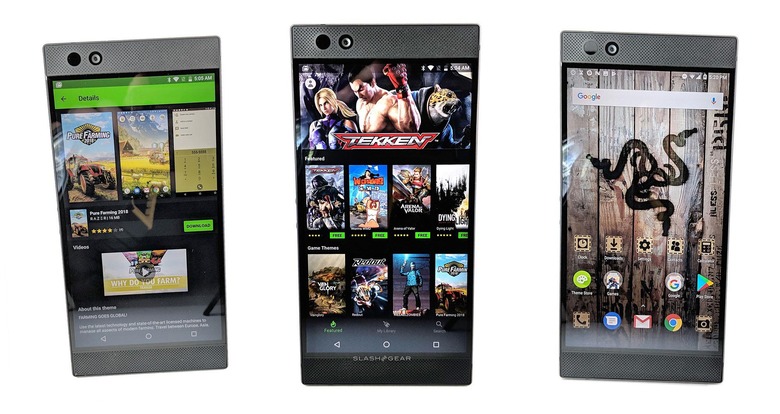About OnePlus 7 Pro's Super Speedy New Screen
Apparently someone told OnePlus to get on the sweet, sweet high refresh rate display train, because the OnePlus 7 Pro's coming in hot. If the latest set of rumors come true – and there's good reason to believe that they will – the OnePlus 7 Pro might well be reaching for the finesse of a "gaming" product, but without the whole "gaming" necessity. This might be the super-sweet display you didn't know you were waiting for.
The OnePlus 7 is said to roll with a 90Hz image refresh rate display panel. That'd be pretty neat, if it proved to be true. The rumor comes from Ishan Agarwal, a leaker of smartphone info who's proven accurate several times over the last couple years.
If you've never used a Razer Phone or one of the latest iPad Pros, I suggest you do so. You'll ruin all other mobile devices for yourself. They enable an experience that's above and beyond that of the rest of the industry. They do this with displays with high image refresh rates.

While some of the latest smartphones on the market profess to have high refresh rates, most only have high touch refresh. That's also known as touch sampling rate, and you'll find it, for example, in the iPhone Xs and Xs Max. They've got 120Hz touch-sensing, which means they're tracking your touches more accurately than on phones without said feature.
The 120Hz refresh rate we're looking for comes in the form of image refresh. The higher the image refresh, the closer to reality we get in a smartphone's display. It's a little different from frame rate, which gives you the amount of individual images that can be displayed, one after the other, in a given amount of time.
Frame rate is generally shown with "fps", which stands for Frames Per Second. This mostly applies to video, which looks more realistic the more frames are displayed per second. Where frame rate refers to video, image refresh rate applies to controls, apps, and smoothness of a user interface.
The higher the image refresh rate, the faster the communication between the phone's processor and the display. So when I'm playing a card game, for example, and I'm moving a card across the screen, I'm actually seeing a series of still images, shown according to what the app (and my finger, in this case) command.
If I have a low image refresh rate, as I move a card across the screen, I'll probably see a choppy sort of move. The screen can't show enough frames to trick my brain into believing I'm really, truly moving said card across the screen.
The conversion between Hz and images per second is simple, it's 1:1. So if I have a 90Hz display, my phone can show me up to 90 images (frames, if we're watching a video) per second. Even if my phone is technically capable of outputting more than 90fps, I can only see as many frames as my display will allow, which is 90 per second.
The OnePlus 7 Pro is likely set to be revealed on the 14th of May, 2019, and will likely be released in early April (or late May, if we're lucky). The OnePlus 7 Pro will likely be revealed right alongside the standard OnePlus, a smartphone that looks and acts a lot like the OnePlus 6T, with a slightly lower price than the OnePlus 7 Pro. You can see a bit more detail in the OnePlus 7 and 7 Pro "differences" post we featured earlier this week.
